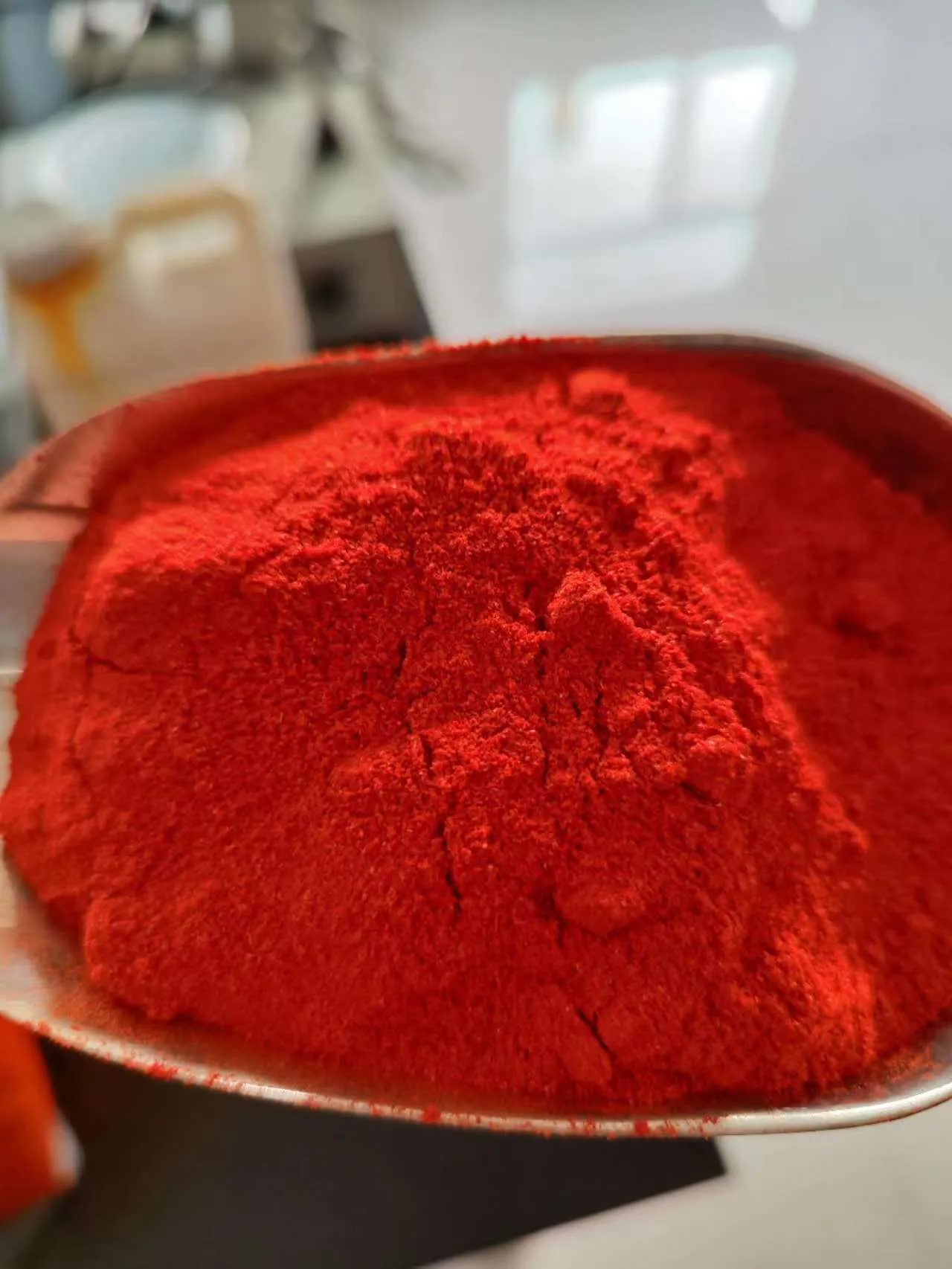- No. 268 Xianghe Street, Economic Development Zone of Xingtai city, Hebei 054001 China
- Byron@hbhongri.cn
Exploring the Flavor and Benefits of Cayenne Pepper and Paprika in Cooking
The Versatility of Cayenne Pepper and Paprika
Cayenne pepper and paprika are two popular spices that not only enhance the flavor of various dishes but also offer numerous health benefits. Both come from the Capsicum annuum species of plants, yet they have distinct characteristics, culinary uses, and nutritional profiles. Delving into the essence of these spices can enrich our understanding of gastronomy and nutrition, making them essential ingredients in many kitchens around the world.
Origins and Types
Cayenne pepper is made from the dried and ground pods of the Capsicum annuum family, specifically varieties such as Cayenne. It is known for its fiery heat, which ranges from 30,000 to 50,000 Scoville Heat Units (SHU). On the other hand, paprika is typically milder and comes in various types, including sweet, smoked, and hot. The peppers used to produce paprika are harvested when ripe, dried, and ground, offering a vibrant red color and a flavor profile that can range from sweet and mild to spicy and smoky.
The diverse origins of these spices also contribute to their unique flavors. For instance, Hungarian paprika is renowned for its sweetness and bright color, making it a staple in Hungarian cuisine, while Spanish paprika, or pimentón, is noted for its smoky flavor, thanks to the traditional drying process over oak fires.
Culinary Uses
Both cayenne pepper and paprika can elevate the taste of everyday dishes. Cayenne's intense heat makes it a favorite in spicy recipes, including chili, hot sauces, and some Asian dishes. Its ability to enhance flavors means that only a small amount is needed to achieve the desired heat without overwhelming the dish. In addition to its heat, cayenne pepper can also be sprinkled on snacks such as popcorn, nuts, or roasted vegetables for an extra kick.
cayenne pepper paprika

Paprika, in contrast, is often used for its color and subtle sweetness. It is essential in dishes like goulash, paella, and various stews, where it adds depth without excessive spice. Its vibrant hue can brighten up any dish, making it an excellent garnish. Smoked paprika, in particular, is favored for imparting a rich, smoky flavor that can replace the need for other flavoring agents, transforming ordinary meals into extraordinary experiences.
Health Benefits
Beyond their culinary uses, both cayenne pepper and paprika offer health benefits that make them worthwhile additions to any diet. Cayenne pepper contains capsaicin, the compound responsible for its heat. Capsaicin has been widely studied for its anti-inflammatory properties and appetite-suppressing effects, which can aid in weight loss. It may also help improve circulation, support heart health, and alleviate congestion due to its ability to thin mucus.
Paprika, while milder, is rich in antioxidants, particularly carotenoids, which are known to promote overall health. These antioxidants can help neutralize harmful free radicals in the body, potentially reducing the risk of chronic diseases. Paprika also contains vitamins A, E, and C, which contribute to skin health, vision, and a robust immune system.
Conclusion
Cayenne pepper and paprika are more than just flavorful additions to our meals; they are nutritional powerhouses with diverse culinary applications. Their unique characteristics allow them to shine in different contexts cayenne pepper tantalizes with its spiciness, while paprika enchants with its color and mildness. Incorporating these spices into daily cooking not only enhances flavor but also boosts nutritional value, offering a simple and delightful way to support overall health. Whether you prefer the explosive heat of cayenne or the milder sweetness of paprika, both spices deserve a prominent place on your spice rack. So, next time you cook, consider experimenting with these vibrant spices and let them elevate your culinary creations.
-
Turmeric Rhizome Powder: A Golden Treasure from Roots to TableNewsJul.28,2025
-
The Versatile Application Of Crushed Red Hot Peppers: Lighting Up The Red Flames On The Dining TableNewsJul.28,2025
-
The Paprika: A Touch Of Vibrant Red In Color, Flavor, And CultureNewsJul.28,2025
-
Ground Turmeric: A Modern Examination of an Ancient SpiceNewsJul.28,2025
-
Capsicum Liquid Extract: Features, Applications, and ChallengesNewsJul.28,2025
-
Application of Capsicum Liquid Extract in FoodNewsJul.28,2025







